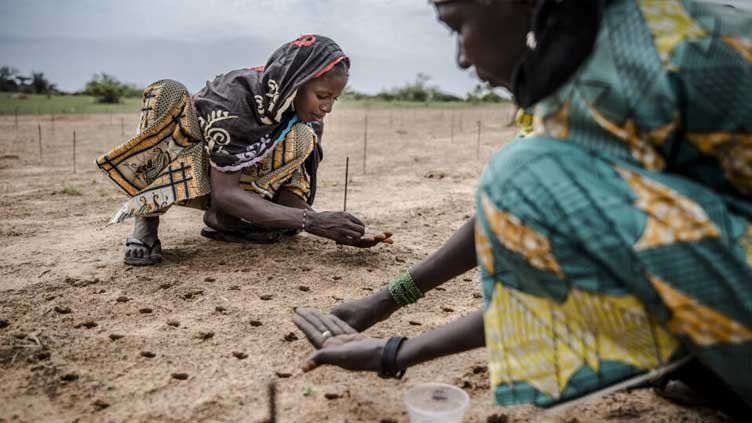The study highlighted the unprecedented nature of the heatwave for the season, attributing it to human activities that have driven global warming.
An unusually intense and lethal hot spell scorched West Africa’s Sahel region throughout April, with temperatures soaring above 45 degrees Celsius (113 degrees Fahrenheit) in Mali and Burkina Faso between April 1 and April 5. A study conducted by World Weather Attribution (WWA), an international network of scientists specializing in extreme weather events, concluded that human-induced climate change significantly contributed to the severity of the heatwave, which likely resulted in numerous fatalities.
Published on Thursday, the study highlighted the unprecedented nature of the heatwave for the season, attributing it to human activities that have driven global warming. The extreme temperatures coincided with the Muslim fasting month of Ramadan and frequent power outages, exacerbating the risk of heat-related casualties. Even overnight, minimum temperatures remained high, offering little relief from the scorching heat.
According to the WWA’s observations and climate models, heatwaves of this magnitude would have been virtually impossible without the global warming trend, which has already reached 1.2 degrees Celsius. The study emphasized that if not for human-induced climate change, temperatures during the April heatwave would have been 1.4 degrees Celsius cooler.
Furthermore, the researchers classified the five-day event as a once-in-a-200-year occurrence, cautioning that such extreme weather events would persist with continued warming.
In response to these findings, the WWA recommended that countries develop heat action plans to alert citizens about impending extreme temperatures and provide guidance on mitigating heat-related risks. Additionally, there was a call to fortify critical infrastructure such as electricity, water, and healthcare systems to cope with the escalating frequency and intensity of extreme heat episodes.
The prolonged and severe heatwave resulted in a significant rise in deaths and hospitalizations in Mali and Burkina Faso, according to the WWA. In Mali’s Gabriel Toure hospital alone, more than 100 deaths were recorded between April 1 and 4, surpassing the total number of deaths in March. However, due to a lack of comprehensive data, the exact tally of heat-related fatalities remains uncertain, with potentially hundreds or even thousands of additional casualties.
The scientists highlighted the role of rapid urbanization and the loss of green spaces in cities like Bamako and Ouagadougou, the capital of Burkina Faso, in exacerbating the urban heat island effect. This phenomenon causes certain urban areas to experience significantly higher temperatures than surrounding areas.
Additionally, countries in the Sahel region have grappled with drought since the 1970s and sporadic intense rainfall since the 1990s, leading to water scarcity and pastureland depletion. These environmental challenges have further disrupted the livelihoods of pastoral communities and contributed to the proliferation of armed groups in Mali, Burkina Faso, and Niger.
As the impact of climate change intensifies, addressing the root causes and implementing adaptive measures becomes imperative to mitigate the devastating consequences of extreme weather events like the April heatwave in West Africa’s Sahel region.
